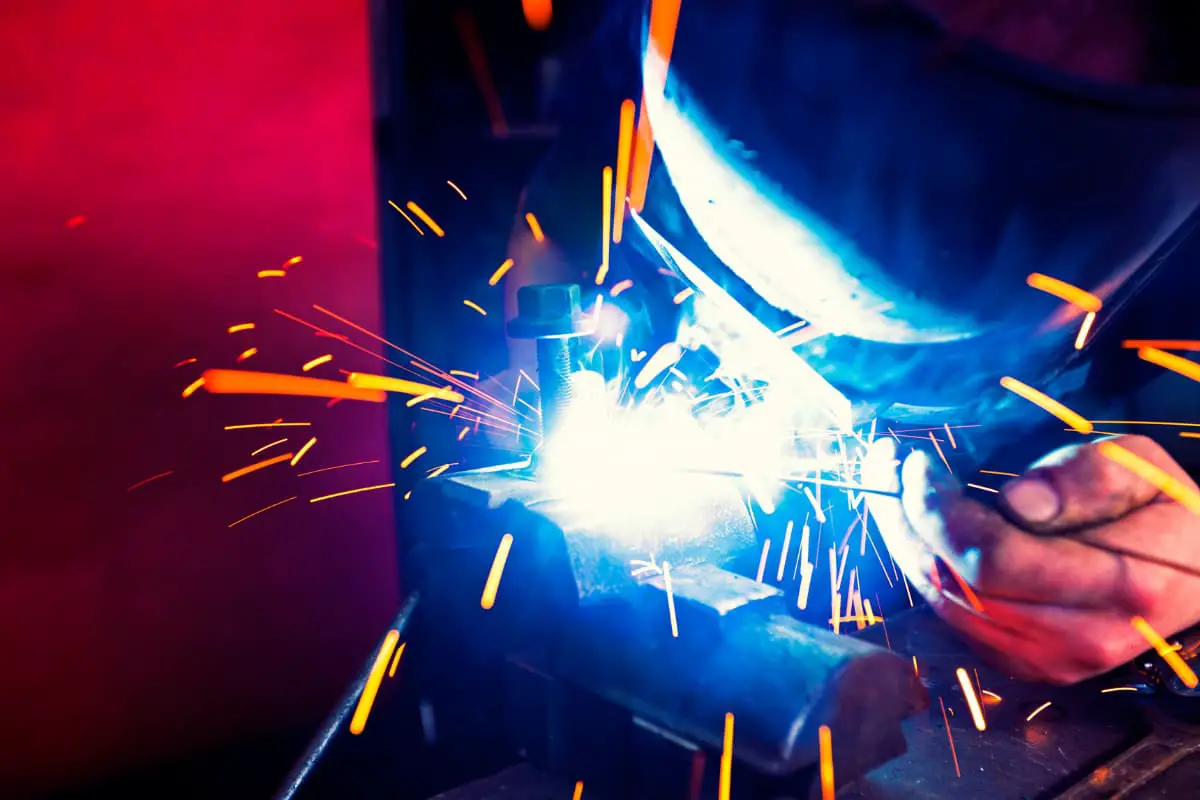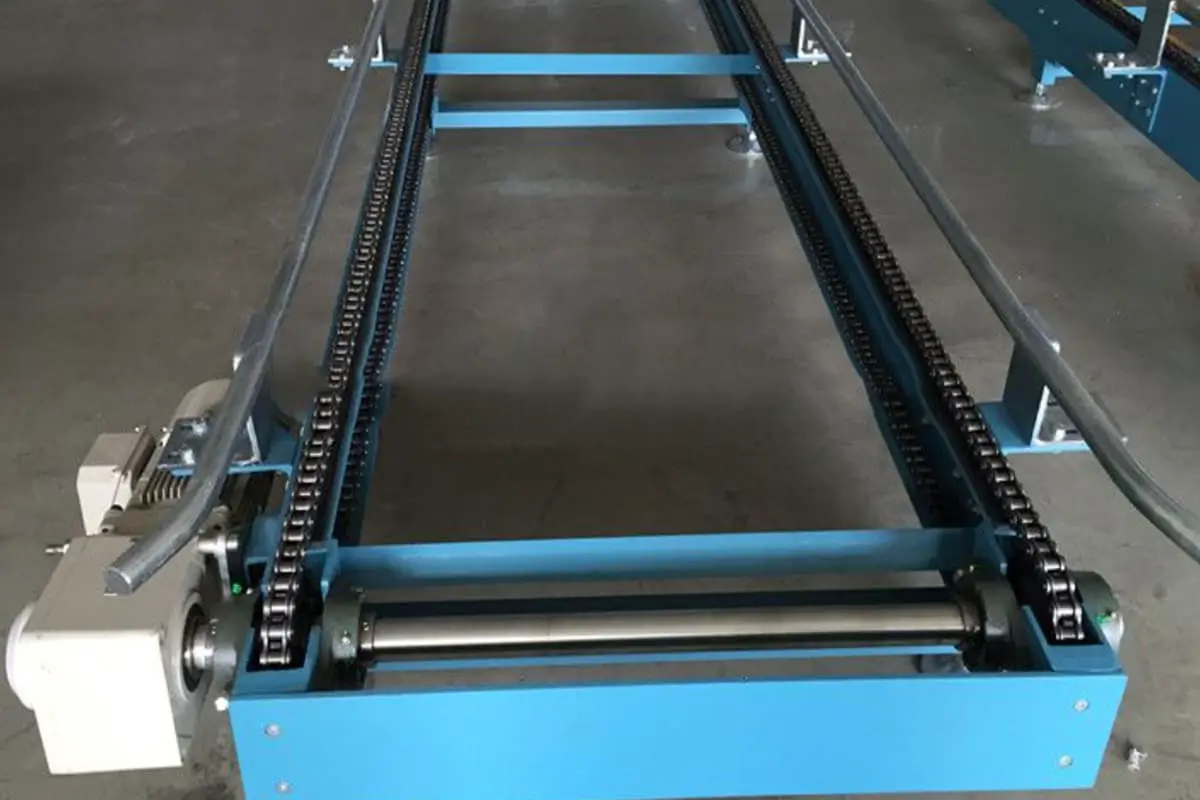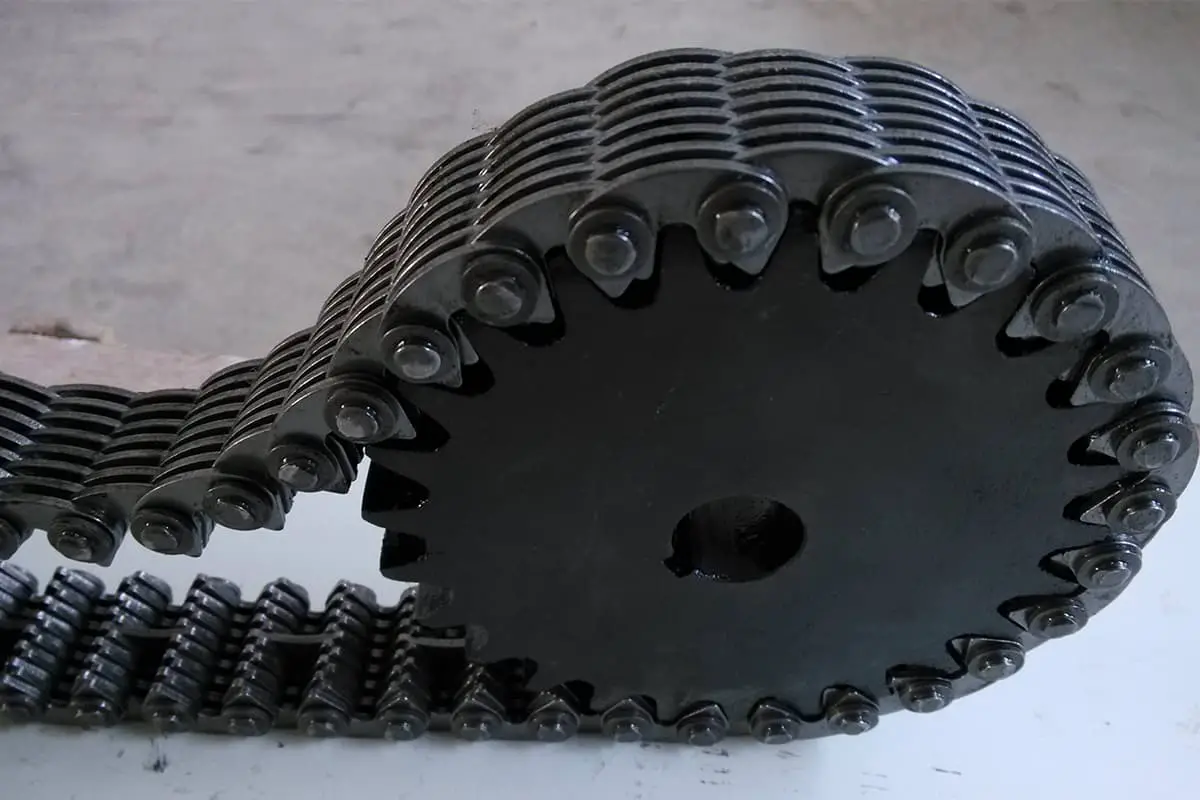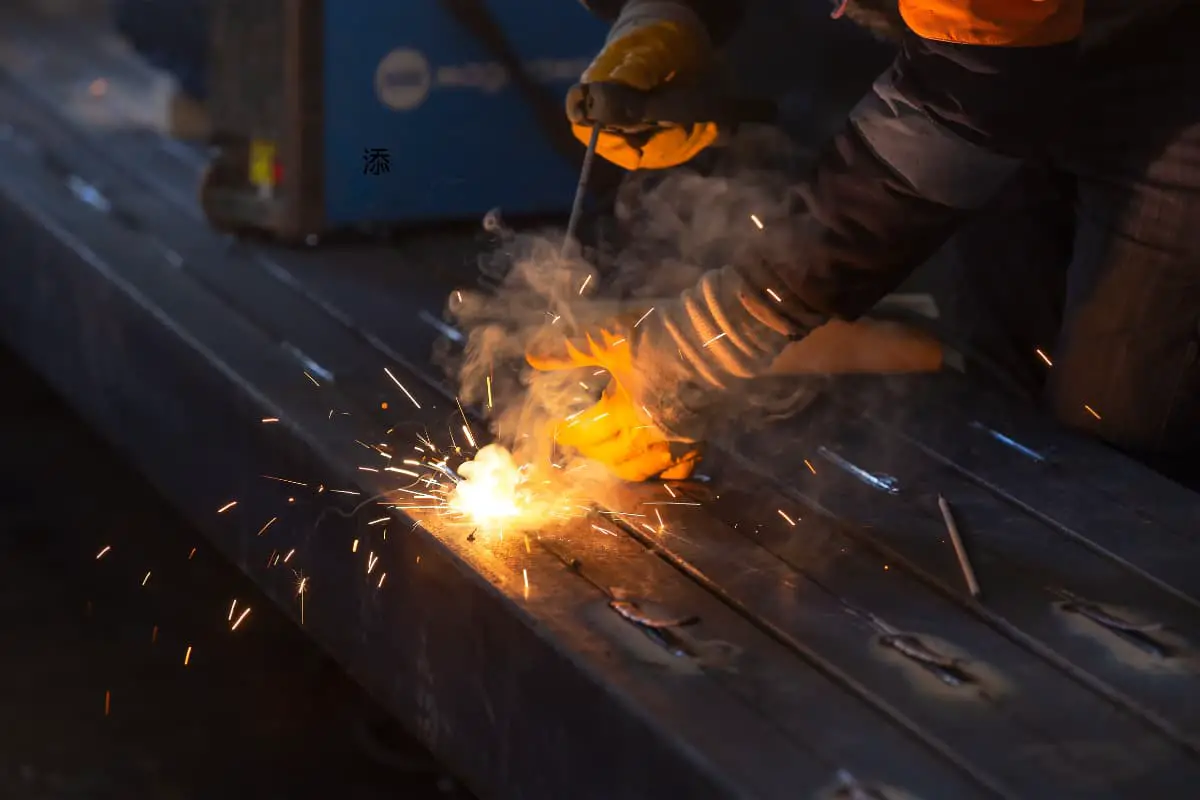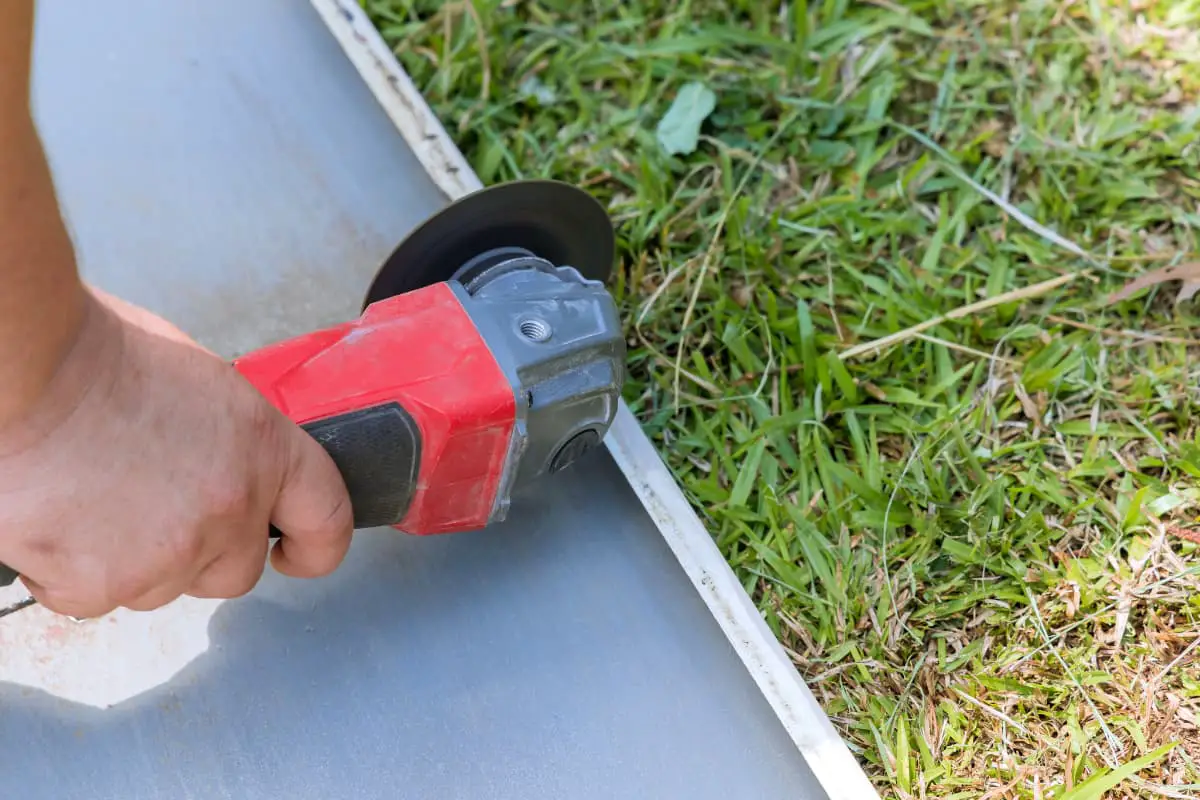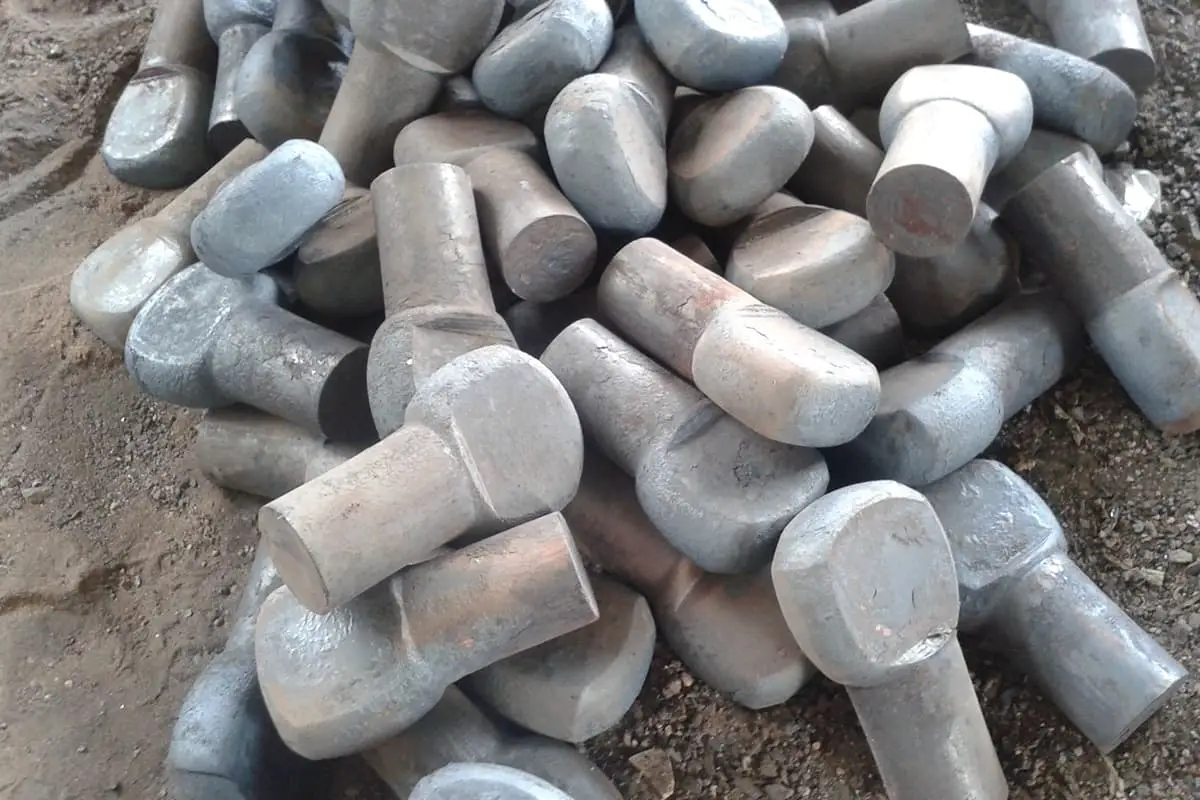
Sheet metal fabrication generally involves using manual or die stamping methods to induce plastic deformation in thin metal sheets, shaping them into desired forms and dimensions. These can further be transformed into more complex parts through welding or minimal mechanical processing.
To date, there isn’t a comprehensive definition for sheet metal fabrication. According to a definition in a foreign professional journal, sheet metal fabrication can be defined as a comprehensive cold working process for metal sheets (usually less than 6mm), including shearing, punching/cutting/compound, bending, welding, riveting, joining, forming (such as automotive bodywork), etc. Its notable characteristic is the consistent thickness of the parts.
Commonly used sheet metal materials
I. Galvanized Steel
Galvanized steel mainly consists of two types: electro-galvanized sheet (EG/SECC) and hot-dip galvanized sheet (GI) – their differences will be discussed later.
Galvanized steel sheet refers to a type of steel sheet with a layer of zinc coating on its surface.
Galvanization is a commonly used economical and effective method for corrosion prevention. Roughly half of the world’s zinc production is used for this process.
1. Definition:
Galvanized steel sheet, aimed at preventing the surface of the steel sheet from corrosion and extending its service life, involves coating the steel sheet surface with a layer of metallic zinc. This thinly coated steel sheet is known as galvanized sheet.
2. Classification and Applications:
Based on production and processing methods, it can be categorized as follows:
① Hot-dip galvanized steel sheet:
Thin steel sheets are immersed in a molten zinc bath to adhere a layer of zinc to the surface. Currently, the main production method is continuous galvanizing, where coiled steel sheets are continuously immersed in a molten zinc plating bath to produce galvanized steel sheets.
② Alloyed galvanized steel sheet:
This type of steel sheet is also produced using the hot-dip method, but after exiting the bath, it is immediately heated to around 500°C to form a zinc-iron alloy coating. This galvanized sheet has excellent adhesion and weldability for coatings.
③ Electro-galvanized steel sheet:
This type of galvanized steel sheet is manufactured using an electroplating process and possesses good workability. However, the coating is thinner, and its corrosion resistance is not as good as that of hot-dip galvanized sheets.
④ Single-sided and differentially galvanized steel sheet:
Single-sided galvanized steel sheet refers to products that are only galvanized on one side. It has better adaptability in welding, coating, rust prevention treatment, and processing compared to double-sided galvanized sheets.
To overcome the shortcomings of single-sided non-galvanized areas, there is another type known as differentially galvanized steel sheet, where a thin layer of zinc is coated on the other side.
⑤ Alloyed and composite galvanized steel sheet:
This type of steel sheet is made by galvanizing with zinc and other metals such as lead, forming alloys or composite coatings. This steel sheet not only exhibits excellent anti-corrosion performance but also has good coating properties.
In addition to the above five types, there are also color-coated galvanized steel sheets, printed coated galvanized steel sheets, PVC laminated galvanized steel sheets, and others.
However, hot-dip galvanized sheets are currently the most commonly used.
3. Appearance:
Surface condition: Due to different treatment methods during the coating process, the surface condition of galvanized sheets varies, such as regular spangle, fine spangle, flat spangle, no spangle, and phosphatized surfaces. German standards also specify surface grades.
Galvanized sheets should have a good appearance and should not have any defects that could be harmful to product usage, such as lack of coating, holes, cracks, excessive coating thickness, scratches, chromic acid stains, white rust, etc. Foreign standards are not very specific about specific appearance defects, and specific defects should be listed in the contract when ordering.
Marking: Product name (steel sheet or steel strip), standard number, brand, surface treatment category, zinc layer code, specifications and dimensions, dimensional accuracy.
Example of marking: steel sheet, standard number Q/BQB430, brand SECC, surface chromate passivation treatment (C), zinc layer code 20/20, thickness 0.80mm, width 1000mm, normal accuracy (A), length 2000mm, flatness according to normal flatness accuracy PF.A, then marked as: Q/BQB 430 SECC-C-20/20 steel sheet: 0.80B×1000A×2000A-PF.A.
Origin: Baosteel, POSCO in South Korea, Japan, Krupp in Germany, CKRM in Belgium, etc.
Hot-dip galvanized steel sheet (SGCC): There are currently no domestic steel mills that can produce high-quality materials, so they are mainly imported from abroad. It is more expensive, and many manufacturers have switched to using SECC to save costs.
SGCC is zinc-coated on a cold-rolled base, with the base being SPCC, generally used for cold forming, and a tensile strength of >270 megapascals. Correspondingly, there is hot-rolled base zinc-coated SGHC, with a base of SPHC, generally used for cold forming, and a tensile strength of >270 megapascals.
II. Stainless Steel
1. Ferritic Stainless Steel:
It has a high Cr content, excellent corrosion resistance, and high-temperature oxidation resistance.
2. Austenitic Stainless Steel:
Typical grades such as /Cr18Ni9, /Cr18Ni9T1 are non-magnetic, with good corrosion resistance, good thermal strength, good high-temperature oxidation resistance, good plasticity, good impact toughness, no notch effect, and excellent weldability, and therefore widely used.
This type of steel generally has low strength, low yield strength, and cannot be strengthened through heat treatment, but after cold pressing and processing, it can achieve high tensile strength and improve its elasticity.
However, its strength obtained through cold drawing at high temperatures is prone to embrittlement and is not suitable for bearing high loads.
3. Martensitic Stainless Steel:
Typical examples include 2Cr13 and GX-8, which are magnetic, have excellent damping properties, good thermal conductivity, high strength, and yield limit after heat treatment. They contain more carbon and require stress relief after welding.
Rapid cooling at high temperatures can form martensite, so slow cooling is required after forging, followed by immediate tempering.
Mainly used for load-bearing parts.
III. Tinplate
Tinplate (SPTE) is low-carbon steel plated with tin (Sn). Some believe that because the tinplate used for making canned food was imported from Macao, Guangdong Province, China (Macao can be read as “马口” in Chinese), it was called “马口铁” (Makou Iron). There are other explanations, such as the use of this tinplate in the past for making kerosene lamp heads, which resembled a horse’s mouth, hence the name “马口铁” (Makou Iron).
However, this name is not accurate. Therefore, in 1973, during a conference on tinplate in China, it was officially renamed as tinplate, and the official documents no longer use the name “马口铁” (Makou Iron).
Characteristics: It retains the good plasticity and formability of low-carbon steel, and the thickness generally does not exceed 0.6mm.
Uses: Shielding magnetic interference and stamping small parts.
IV. Spring Steel
Medium carbon steel containing manganese (Mn), chromium (Cr), silicon (Si), and other alloy steels.
Characteristics: The material can undergo significant elastic deformation, absorbing impact or damping, and can also store energy to allow the mechanism to complete an action.
V. Copper and Copper Alloys
Characteristics: Good electrical and thermal conductivity, corrosion resistance, good gloss, easy to process, and suitable for electroplating and coating.
1. Pure Copper (Cu content above 99.5%):
Low material strength, good plasticity, excellent electrical conductivity, thermal conductivity, and corrosion resistance.
Used in wires, cables, and electrical equipment.
2. Brass:
A copper-zinc alloy, with mechanical properties depending on the zinc content, generally not exceeding 50%.
Characteristics: Good ductility, good stamping performance, used in electroplating, and has good resistance to seawater and atmospheric corrosion, but the body is prone to local corrosion.
3. Bronze:
A class of copper-based alloy metals mainly composed of copper-tin alloys.
Characteristics: Better wear resistance than pure copper and brass, good workability, and corrosion resistance.
4. Beryllium Copper:
A copper alloy containing beryllium (Be).
Characteristics: High strength, hardness, elasticity, wear resistance, high electrical conductivity, thermal conductivity, cold resistance, and non-magnetic.
Uses: Used in various electromagnetic shielding materials.
In addition, aluminum alloys are also used.


